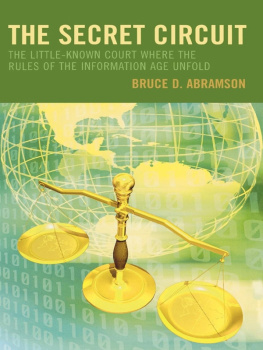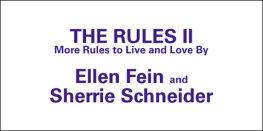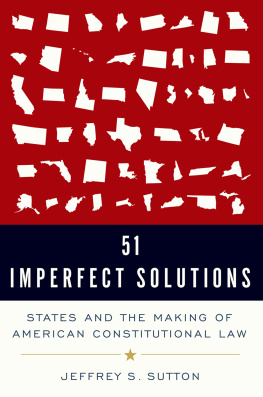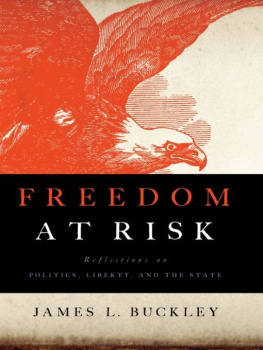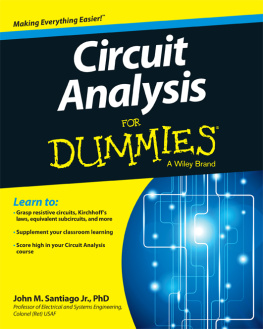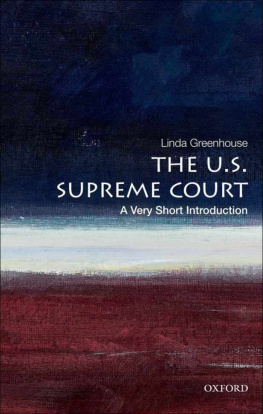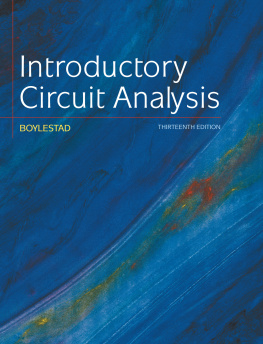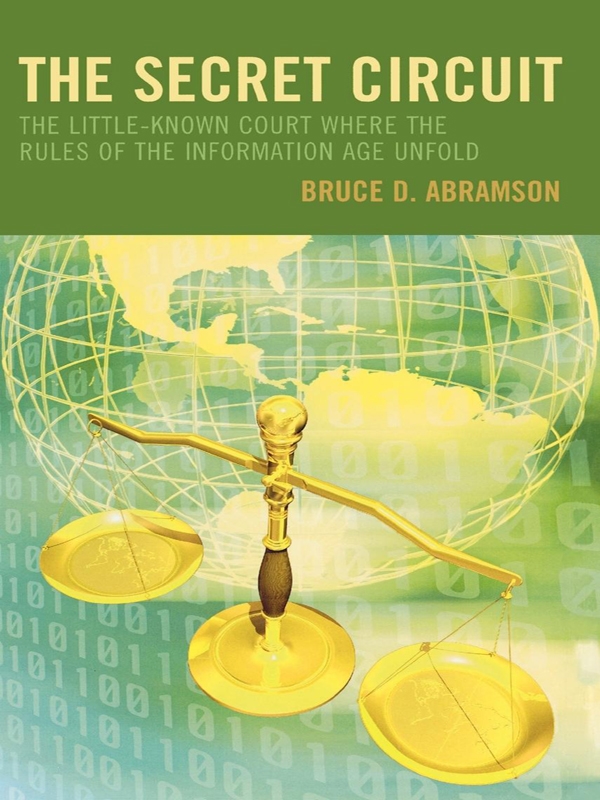H. Robert Mayer, foreword to Kristin L. Yohannon, ed., The United States Court of Appeals for the Federal Circuit: A History, 1990-2002 (Washington, DC: Court of Appeals for the Federal Circuit, 2004), xxi-xxii.
Congress has not overruled the Federal Circuit by statute in more than a decade. Between 1982 and 2005, the Supreme Court reviewed only fifty-two Federal Circuit rulings and reversed only a fraction of them. See Arthur J. Gajarsa and Lawrence P. Cogswell III, The Federal Circuit and the Supreme Court, 55 Amer. U. L. Rev. 821 (2006).
See Gajarsa and Cogswell, Federal Circuit.
See, for example, Adam B. Jaffe and Josh Lerner, Innovation and Its Discontents: How Our Broken Patent System Is Endangering Innovation and Progress, and What to Do about It (Princeton, NJ: Princeton University Press, 2004); William M. Landes and Richard A. Posner, The Economic Structure of Intellectual Property Law (Cambridge, MA: Harvard University Press, 2004); To Promote Innovation: The Proper Balance of Competition and Patent Law and Policy (Washington, DC: Federal Trade Commission, 2003); Stephen A. Merrill, Richard C. Levin, and Mark B. Myers, eds., A Patent System for the 21st Century (Washington, DC: National Academies Press, 2004).
For good discussions of the Federal Circuits origins by people involved in its founding, see Marion T. Bennett, The United States Court of Appeals for the Federal CircuitOrigins, in Yohannon, United States Court of Appeals, 3-11 (reprinted from Court History (19821990)); Daniel J. Meador, Origin of the Federal Circuit: A Personal Account, 41 Amer. U. L. Rev. 581 (1992); Pauline Newman, Origins of the Federal Circuit: The Role of Industry, 11 Federal Circuit Bar Journal 541 (2001); Donald R. Dunner, Reflections on the Founding of the Federal Circuit, 11 Federal Circuit Bar Journal 545 (2001); and Daniel J. Meador, Retrospective on the Federal Circuit: The First 20 Yearsa Historical View, 11 Federal Circuit Bar Journal 557 (2001). Not surprisingly, these historical reviews tend to be rather laudatory. For recent historical discussions by those who are less than complete Federal Circuit fans, see Jaffe and Lerner, Innovation, chap. 4; Landes and Posner, Economic Structure, chap. 12. Though these discussions may differ in emphasis and analysis, they all agree on all significant facts.
U.S. Const. Art. I 8 cl. 8.
Newman, Origins of the Federal Circuit, 542-43.
William J. Clinton, State of the Union Address, January 23, 1996.
See 35 U.S.C. 200-12.
See 21 U.S.C. 355.
See Public Law 97-164, 96 Stat. 25 (1982).
See Diamond v. Chakrabarty, 447 U.S. 303, 309 (1980); and Gottschalk v. Benson, 409 U.S. 63 (1972).
Though the Semiconductor Protection Act of 1984 was technically an amendment to copyright law rather than to patent law, the concerns motivating it had more in common with the typical patent-law focus on innovation, commercialization, and competitiveness than with the typical copyright-law focus on creativity. See 17 U.S.C. 901-14.
See International Soc y for Krishna Consciousness v. Lee, 505 U.S. 672, 677 (1992).
See, for example, Dickerson v. United States, 530 U.S. 428 (2000), eliminating a circuit split that occurred when the Fourth Circuit, alone among the circuits, concluded that Miranda warnings were not required and that a defendant aware of his rights without being Mirandized could nevertheless confess in a manner admissible in court.
See, for example, Bank of Am. Natl Trust & Sav. Assn v. 203 N. Lasalle St. Pship, 526 U.S. 434 (1999), resolving in favor of creditors a split in which the Seventh and Ninth Circuits allowed debtors to take certain restructuring actions protecting their assets, while the Second and Fourth Circuits rejected similar restructuring plans.
See Krishna Consciousness, 505 U.S. at 685.
Rochelle Cooper Dreyfuss, The Federal Circuit: A Case Study in Specialized Courts, 64 NYU L. Rev. 1, 7.
Meador, Origin of the Federal Circuit, 558.
Meador, Origin of the Federal Circuit, 559.
Bennett, United States Court of Appeals, 14-15. Examples of later need that added to the Federal Circuits jurisdiction included appeals from the United States Court of Veterans Appeals, appeals concerning the vaccination liability act, appeals from the General Accounting Office Personnel Appeals Board, and appeals from judgment against the Trust Territory of the Pacific Islands.
As a technical matter, the preexisting Court of Claims had two dockets. Like many administrative agencies, it held trials and then considered appeals of those trials at an internal appellate board. The proposed judicial reform was to combine the appellate component with other appeals as part of what became the Federal Circuit. The trial portion of the old Court of Claimss task remained distinct; it is now the responsibility of the Court of Federal Claims.
H. Rep. 97-312 at 21-22 (1981).
S. Rep. 97-275 at 30 (1981).
Public Law 97-164, 96 Stat. 25 (1982).

